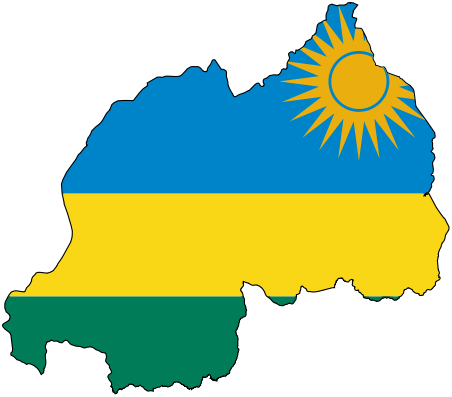NanoWatt Platforms for Sensing, Analysis, and Computation (NaPSAC)
The Defense Sciences Office (DSO) at the Defense Advanced Research Projects Agency (DARPA) is soliciting innovative research proposals in the area of ultralow power in-memory computing architectures for application to scientific modeling, simulation, and analysis.
The NanoWatt Platforms for Sensing, Analysis, and Computation (NaPSAC) program aims to develop novel in-memory computing architectures capable of transformative advances in computing accuracy, scalability, and power efficiency.
The NanoWatt Platforms for Sensing, Analysis, and Computation (NaPSAC) program aims to develop novel in-memory computing architectures capable of transformative advances in computing accuracy, scalability, and power efficiency.
Obtain Full Opportunity Text:
SAM.gov Contract Opportunities
Additional Information of Eligibility:
All responsible sources capable of satisfying the Government's needs may submit a proposal that shall be considered by DARPA.
See the Eligibility Information section of the BAA for more information.
Full Opportunity Web Address:
https://sam.gov/opp/e0fb2b2466cd470481b0ca5cab3d210d/view
Contact:
Agency Email Description:
communitycompass@hud.gov
Agency Email:
Date Posted:
2023-01-27
Application Due Date:
Archive Date:
2023-05-04
Social Entrepreneurship
Spotlight
Rwanda as Social Entrepreneur Fund Beneficiary

The Republic of Rwanda has been picked as one of the six African countries as beneficiaries for a new fellowship fund program designed at supporting social entrepreneurs in tackling issues on food security.

